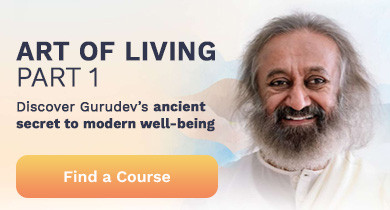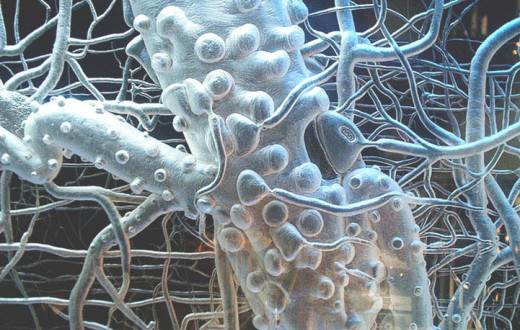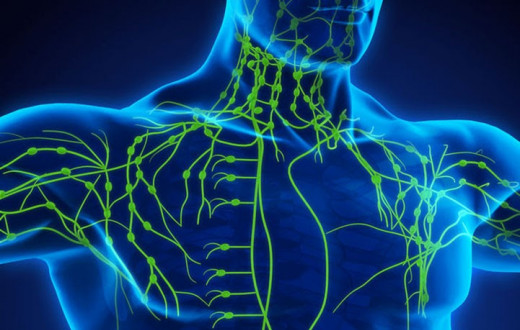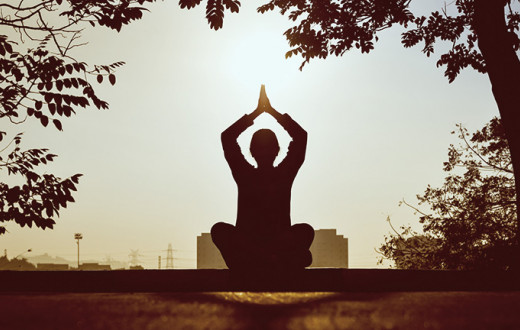Posted: July 2, 2018
Nadi Pariksha - precision in diagnosis to heal you
Have you seen an Ayurveda practitioner holding someone’s wrist for a long period of time? A qualified Ayurvedic practitioner, also called a Nadi Parikshak or Vaidya (Ayurvedic physician), can help you by diagnosing the imbalance in your system. He inspects your pulse at the wrist and hence the name Nadi Parikshak (Nadi = pulse; Parikshak = examiner). Nadi Pariksha (pulse examination) is an ancient Ayurvedic technique of diagnosis through reading the pulse. It can accurately diagnose physical, mental and emotional imbalances as well as diseases. It’s a non-invasive science that enables practitioners to reach the root cause of health issues and not just address the symptoms.
The technique known as Nadi Pariksha pays particular attention to the vibratory frequency of the pulse at various levels on the radial artery. Subtle vibrations are read at seven different levels that help in ascertaining the condition of various functions in the body. The pulse, when examined, reveals both physical and mental characteristics of the patient. These characteristics indicate specific symptoms along with their most likely prognosis, which helps in understanding the cause. Thus, Nadi Pariksha forms the basis for addressing any ailment.
Additionally, it’s an effective scientific tool that enables individuals to secure personalized wellness regimes. Such programs include uniquely tailored combinations of therapeutic massages, personalized diet, exercise regimens, rigorous detoxification and lifestyle transforming experiences.
A technique with a classical background
A time-tested and age-old natural way of healing, Ayurveda has taught that any presence of disease in our system will be indicated as an imbalance in our ‘doshas.’ The key to curing and keeping our body in good health is to balance the doshas and thus bring back balance to the system. The principles of Ayurveda follow the natural way to diagnose diseases and restore balance to the body.
Nadi Pariksha was initially identified in the books of Sharangdhar Samhita in the 13th century. These books highlight the correlation between Nadi (energy system) and Tridosha (three doshas). Later, in the 16th century the same connection was again mentioned in ‘Bhavprakash’ scripted by Shri Bhav Mishrji.
However, Nadi Pariksha gained its significance during the 17th century in Yogratnakar through 48 shlokas, detailing the science of Nadi. The scripture highlights details such as the appropriate time for Nadi Pariksha, rules for the Vaidya or Ayurvedic physician as well as the patient, and also the rules to be followed before and after Nadi Pariksha.
Along with the aforesaid scriptures, many other intellectuals, vaidyas and saints did work on the science of Nadi; these include Maharishi Kanada, Ravanakrit Nadi Vigyan, etc.
Key considerations for accurate diagnosis
1. Best time for examining the pulse
It’s clearly mentioned by all the rishis and vaidyas that the pulsations of the pulse vary from time to time and day to day. Kapha pulse is predominant in the morning, pitta dosha is predominant during mid-day and the vata pulse can be observed in late afternoon and evening. Modern sciences have not yet explained the phenomenon of pulse variation during different times. Ayurvedic science explains how it’s related to planetary action; the effects of the moon and the sun have a major degree of control over the changing rhythm of the pulse.
2. Critical rule: empty stomach prior to examinations
For precise diagnosis, it’s recommended that the diagnosis be done on an empty stomach, early in the morning or three hours after food. The reason behind this principle is that soon after food, the metabolism process begins, and therefore the diagnosis process gets distorted.
3. Examine the patient as a whole
An Ayurveda practitioner must be aware of the physical condition of the patient and must be very attentive to note the general conduct and habits of the patient, facial expressions, reactions toward climatic conditions, appetite, strength, nature of sleep, breathing pattern, history of ailments and so on. All these facts should also be discussed with the patient so as to confirm a diagnosis made through pulse.
4. Method of examining the pulse
The hand of the patient should be free and slightly flexed at the forearm, so that the 3 fingers of the right hand of the physician, namely the index finger, middle finger and ring finger, gently touch the skin over the radial artery. The index finger is comfortably placed nearest the thumb and the other two fingers are next to it (the thumb should not be extended too far nor too fixed).
5. Usage of three fingers in examining the pulse
Ayurveda practitioners have observed that it becomes much easier to evaluate the pulse of a person with three fingers rather than one. It’s now a rule that vata is established by the tip of the index finger of the right-hand, placed on the radial artery next to the root of the thumb of the right hand of the patient. In addition, one finds the pitta pulse with the touch of the tip of middle finger placed next to the index finger and the kapha pulse by touch of the tip of the ring finger placed next to the middle finger on the same artery.
Ayurveda supports health without disturbing the natural intelligence of the body. Ayurvedic treatments and techniques have no side effects. As a result, people around the world are now turning towards this ancient science to help them restore and maintain optimal health. In the U.S., practitioners offer their treatments at the Shankara Ayurveda Spa in North Carolina, where you can explore Ayurveda for the sake of your health. The resident Ayurveda practitioners at the Shankara Ayurveda Spa are highly experienced and their lifestyle includes regular practice of yoga, meditation, pranayama and the all-powerful Sudarshan Kriya®. This makes them deeply intuitive, highly focused and aware. Based on the Nadi Pariksha diagnosis, our Ayurveda practitioners recommend personalized treatment and therapeutic plans. They also recommend the most suitable diet and lifestyle for you.
By Elizabeth Herman - PhD in English, with concentrations in Rhetoric and Composition, and Literature, she offers writing support to clients, teaches locally, and lives in Boone, NC. With a longtime keen interest in Yoga and Ayurveda, she recently completed a 200-hour yoga teacher training with Sri Sri School of Yoga.





























